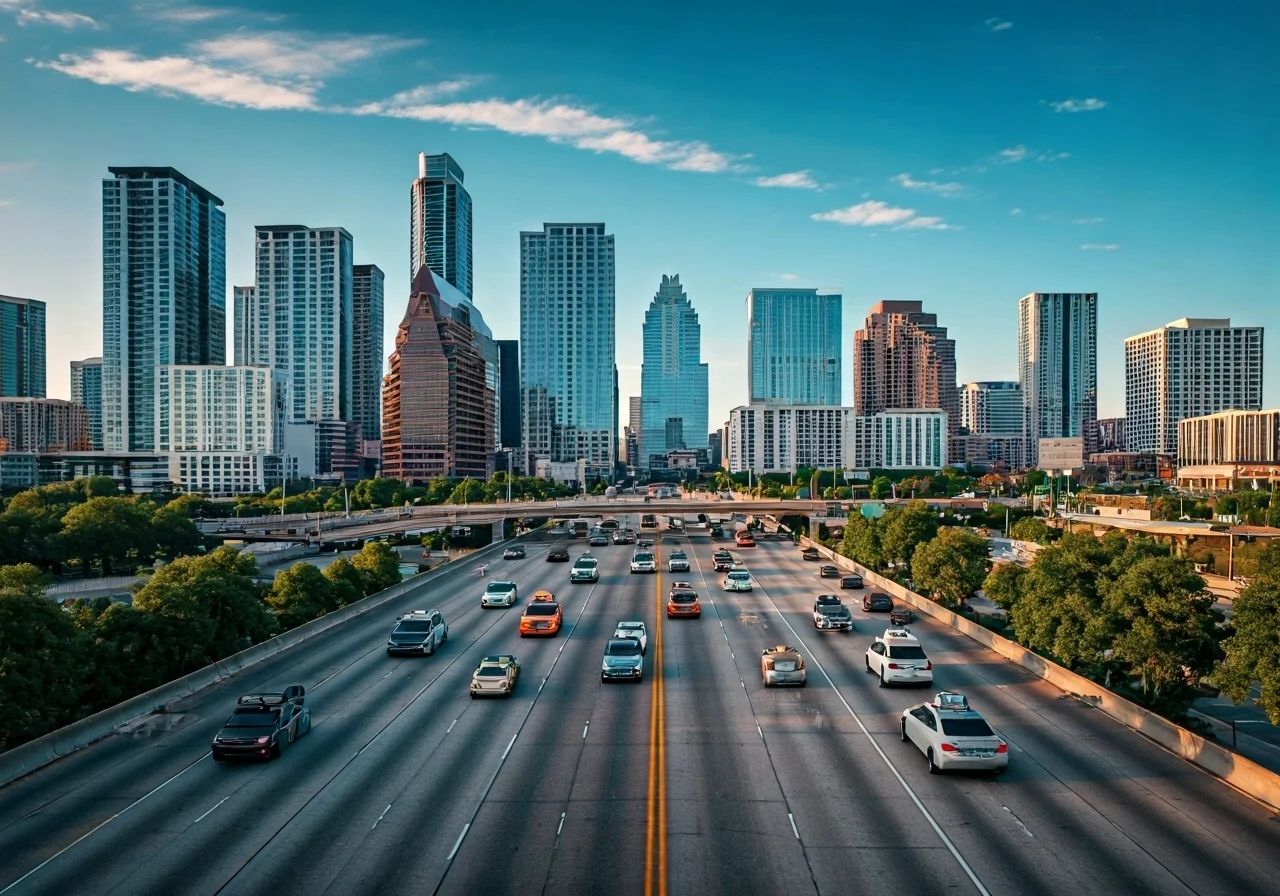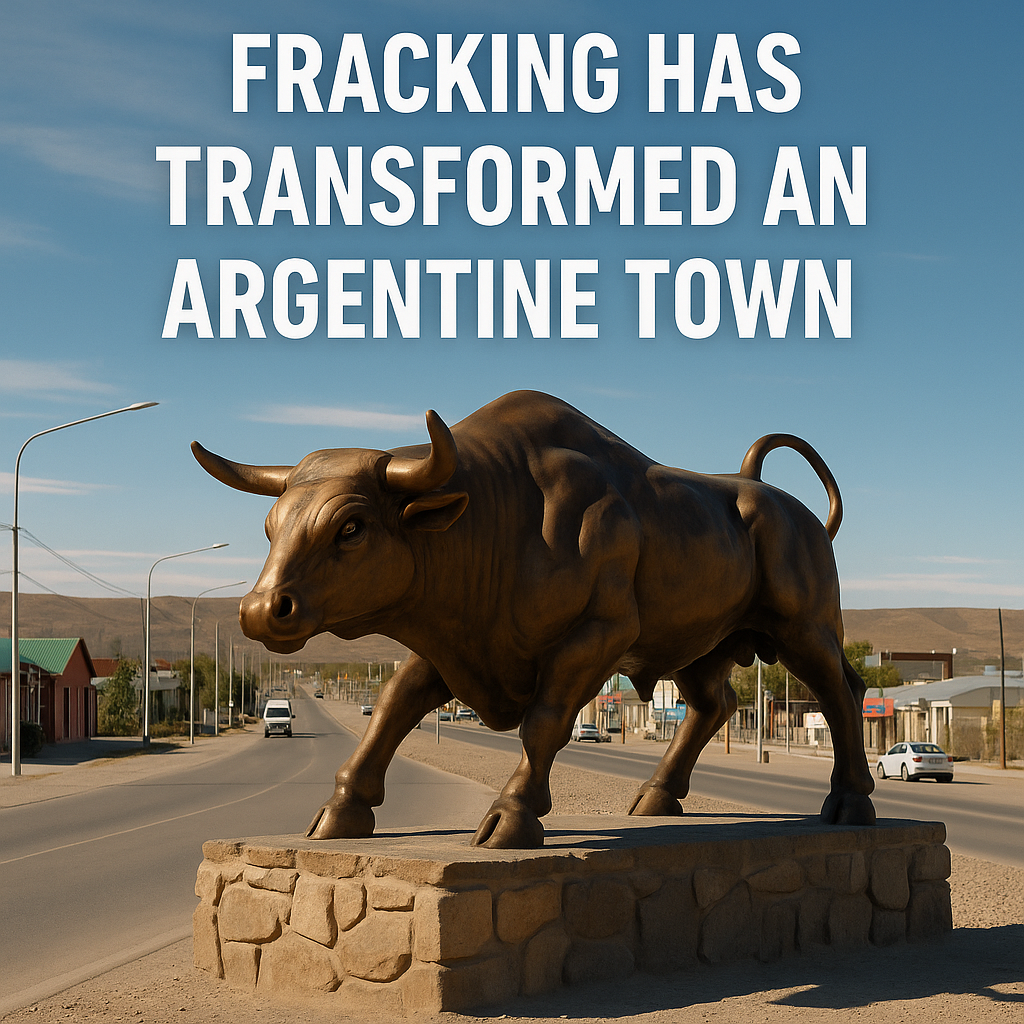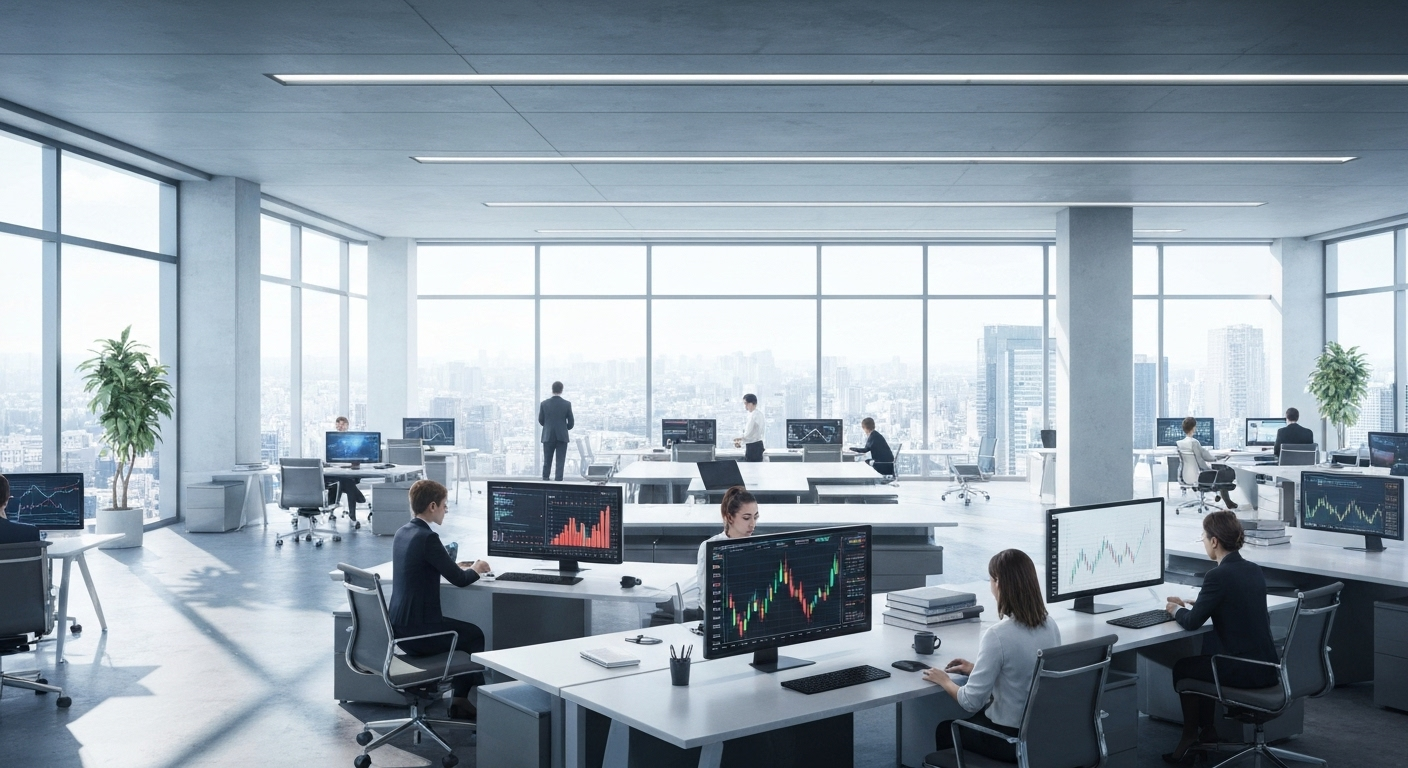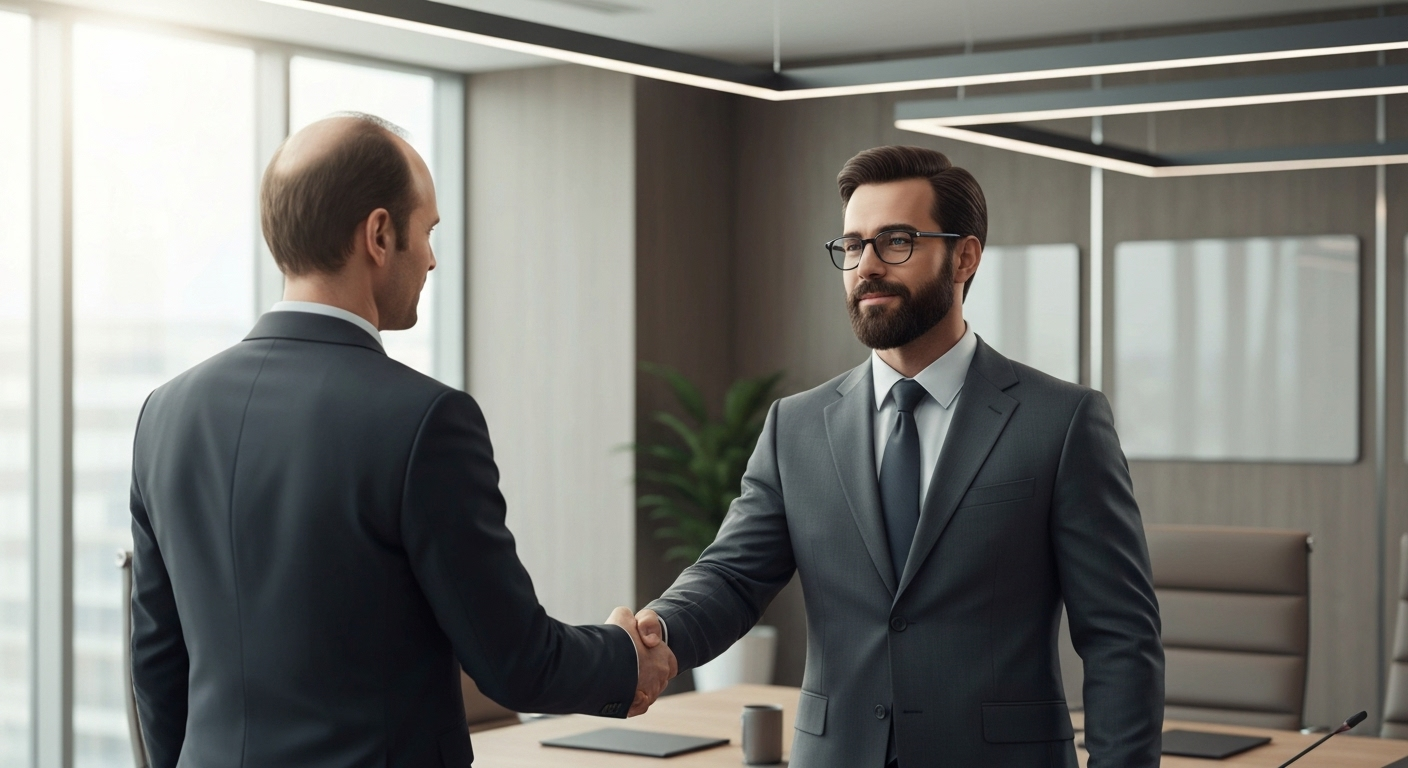
Key Highlights
- Tesla’s autonomous taxis have made their debut in Austin, Texas, marking a key milestone in modern transportation innovation.
- The pilot fleet features existing Tesla vehicles equipped with Full Self-Driving (FSD) technology, accompanied by human safety operators for added precaution.
- Austin was selected due to its strategic positioning as one of Texas’s tech innovation hubs and existing adoption of self-driving services.
- Tesla’s robotaxi service aims to compete with established players like Waymo and Zoox.
- The service introduces affordable ride options, with initial rates reportedly set at $4.20 flat fee per ride.
- This launch demonstrates Tesla’s readiness to reshape urban transportation landscapes in the United States and beyond.
Introduction
Tesla has started its new driverless taxi service in Austin, Texas. This is a big step for the company and could change how people get around in the city. The cars use the Full Self-Driving (FSD) software, which is based on the latest technology. This launch adds to Austin’s name as a place where new ideas in transportation are taking shape. Tesla is moving further into making and using driverless cars. The company is using the best systems it has to make trips easier and also paying attention to safety in busy city areas.
Tesla’s Vision for Autonomous Mobility in Austin

Tesla’s approach to intellectual property is marked by strategic innovation, reshaping the future of several industries. The launch of Tesla’s robotaxi service in Austin on June 23, is the result of this approach. Launching a self-driving taxi service for the first time.
Musk talked about the important work of Tesla’s artificial intelligence and chip design teams. Their efforts help make systems like FSD work well. Tesla uses cameras instead of LiDAR for its technology. The goal is to give a cheaper option than other companies in Austin and across the U.S.
But the national highway traffic safety administration is still watching Tesla. They want to be sure the self-driving systems are safe and follow all rules. They also want people to feel good about using them. Austin is a modern city and gives Tesla a chance to test, improve, and grow its plan for safe and smart autonomous transport.
Why Austin Was Chosen as the Launch City
Choosing Austin for Tesla’s new self-driving taxi service was not random. This Texas city is the tech hub of the state. The roads and support here are built for new ideas and better ways to get around. That makes Austin a great fit for Tesla’s drive to try bold ideas in the United States.
There are also helpful regulations in Austin that make it easier for Tesla to test their FSD system. This support lets them run tests with real people in the city. They get to work on making things safer and meet rules set by groups like the National Highway Traffic Safety Administration.
Austin’s city transport works well, and the people are ready for fresh options in travel. All these things together help Tesla’s ideas grow in Austin, showing what could be coming next in the world of self-driving cars.
Tesla’s Long-Term Robotaxi Technology Strategy
Tesla has big plans for robotaxis that are not just about Austin. Musk wants this service to change the way people move around cities all over the world. The company is working hard on self-driving cars, even though its now facing competition from other companies like Baidu in China. This puts it in direct competition with other big names like General Motors. Even though General Motors has stopped its Cruise robotaxi plan because of tough competition and past problems with accidents, Tesla is pushing ahead. Tesla is trying to stand out by using the big amount of driving data it has collected from cars in many countries.
To be stronger around the world, Tesla wants to make better systems for its fleet, made for what people need in each area. As the company keeps working on and improving its technology, and as it looks for new markets, Tesla hopes to become the top choice for cheap and safe self-driving rides. This plan shows that Tesla believes it can change how people travel, even though not everyone trusts self-driving yet. There is more pushback now, but Tesla’s goal is to lead and win trust over time.
How Tesla’s Autonomous Taxi Service Works

Tesla’s approach to intellectual property is marked by strategic innovation, reshaping the future of several industries. The launch of Tesla’s robotaxi service in Austin on June 23, is the result of this approach. Launching a self-driving taxi service for the first time.
Musk talked about the important work of Tesla’s artificial intelligence and chip design teams. Their efforts help make systems like FSD work well. Tesla uses cameras instead of LiDAR for its technology. The goal is to give a cheaper option than other companies in Austin and across the U.S.
But the national highway traffic safety administration is still watching Tesla. They want to be sure the self-driving systems are safe and follow all rules. They also want people to feel good about using them. Austin is a modern city and gives Tesla a chance to test, improve, and grow its plan for safe and smart autonomous transport.
Why Austin Was Chosen as the Launch City
Choosing Austin for Tesla’s new self-driving taxi service was not random. This Texas city is the tech hub of the state. The roads and support here are built for new ideas and better ways to get around. That makes Austin a great fit for Tesla’s drive to try bold ideas in the United States.
There are also helpful regulations in Austin that make it easier for Tesla to test their FSD system. This support lets them run tests with real people in the city. They get to work on making things safer and meet rules set by groups like the National Highway Traffic Safety Administration.
Austin’s city transport works well, and the people are ready for fresh options in travel. All these things together help Tesla’s ideas grow in Austin, showing what could be coming next in the world of self-driving cars.
Tesla’s Long-Term Robotaxi Technology Strategy
Tesla has big plans for robotaxis that are not just about Austin. Musk wants this service to change the way people move around cities all over the world. The company is working hard on self-driving cars, even though its now facing competition from other companies like Baidu in China. This puts it in direct competition with other big names like General Motors. Even though General Motors has stopped its Cruise robotaxi plan because of tough competition and past problems with accidents, Tesla is pushing ahead. Tesla is trying to stand out by using the big amount of driving data it has collected from cars in many countries.
To be stronger around the world, Tesla wants to make better systems for its fleet, made for what people need in each area. As the company keeps working on and improving its technology, and as it looks for new markets, Tesla hopes to become the top choice for cheap and safe self-driving rides. This plan shows that Tesla believes it can change how people travel, even though not everyone trusts self-driving yet. There is more pushback now, but Tesla’s goal is to lead and win trust over time.
Expansion Plans Beyond Austin
Tesla is starting with Austin, but this is just the first step. The company wants to bring its robotaxi service to more big cities in the United States. Reports from Reuters say that there are plans to take the service to New York. Tesla hopes that a lot of people there will start using it by September.
Elon Musk wants the company to move into other countries too. He sees a chance for Tesla to grow more than the other companies out there. Tesla is working on its systems using what they learned in Austin. They want to make sure that when they go to new places, things run well from the start.
Texas is a strong base for Tesla right now. This can help the robotaxi service grow in other busy cities, like Los Angeles and Chicago. With the way things are going and Musk’s big plans, other United States cities could get these services before December. Tesla wants to offer something bigger and better than anyone else on the market.
Conclusion
Tesla’s driverless taxi service is changing how people get around in cities, especially in Austin. With new technology and focus on safety, this service changes how we see getting from one place to another. It also helps make the future better for the planet. As Tesla works more on its robotaxi plan, you will likely see big changes in transport all over Texas and in other places too. It is good to know what is happening and get ready as we go through this big change. If you want to try the future of getting around, be sure to book a ride with Tesla’s driverless taxis today!
Frequently Asked Questions
How safe are Tesla’s autonomous taxis compared to human drivers?
Tesla says that its FSD system helps cut down driver mistakes by a lot. It tries to match the rules set by the National Highway Traffic Safety Administration. Tesla is still running tests to make the system better. Safety is the top aim right now, so there is a human safety operator in each ride.
Can anyone in Austin book a Tesla robotaxi?
Yes, people in Austin can use Tesla’s self-driving taxis through the Tesla app. Tesla says you should follow the best practices for safety and always follow local traffic laws in Texas when you use the robotaxi service.
What happens if the robotaxi encounters an emergency?
In emergencies, Tesla uses its monitoring systems to check what is happening. Human safety operators step in when they need to help. Reports say Tesla works with the Federal Bureau of Investigation (FBI) to make sure their responses follow the best practices for public safety.
How much does a ride in a Tesla autonomous taxi cost?
Tesla’s rides start with a $4.20 flat fee. This helps make travel good for people in Austin. Their routes are set up in a way that saves both time and money. Tesla uses advanced tech, like battery life boosters, to help keep costs down. This means lower prices for people who travel every day.
Will Tesla expand its robotaxi service to other U.S. cities soon?
Tesla will focus on more cities in the united states from october to december. Musk has said they will also move into new york. This move will work with the company’s plans to keep growing in the long run.




